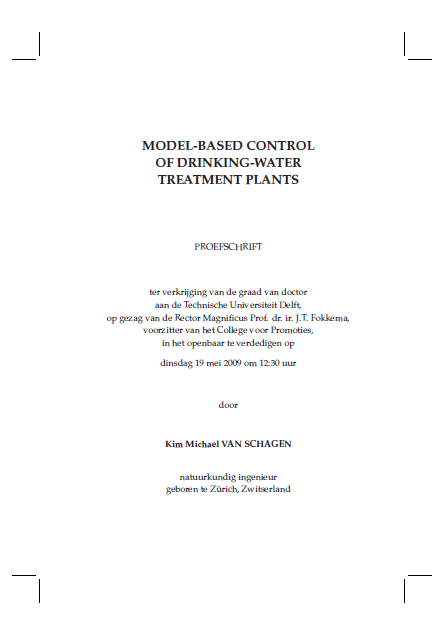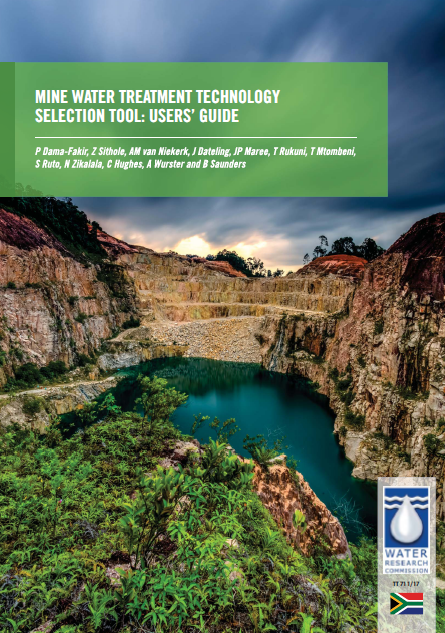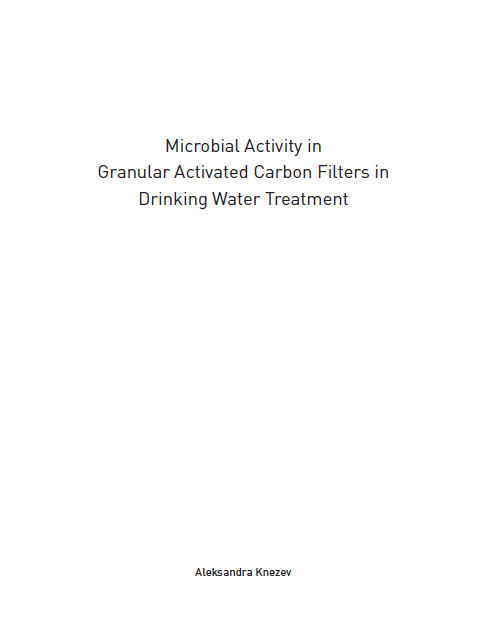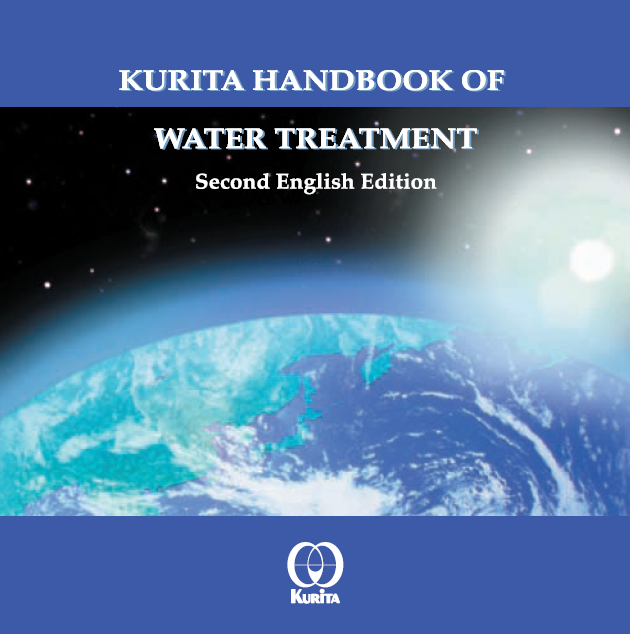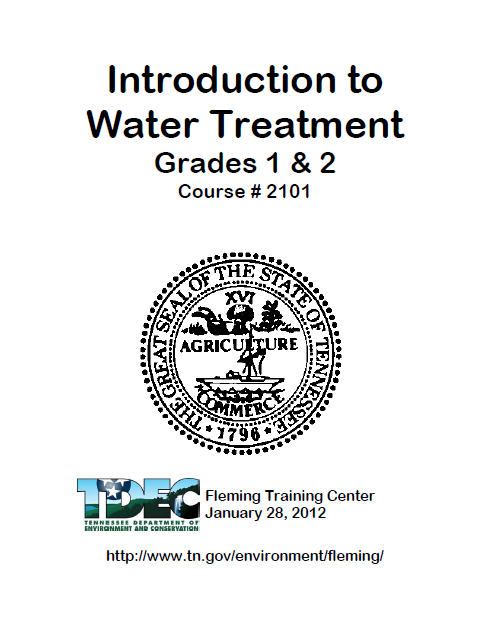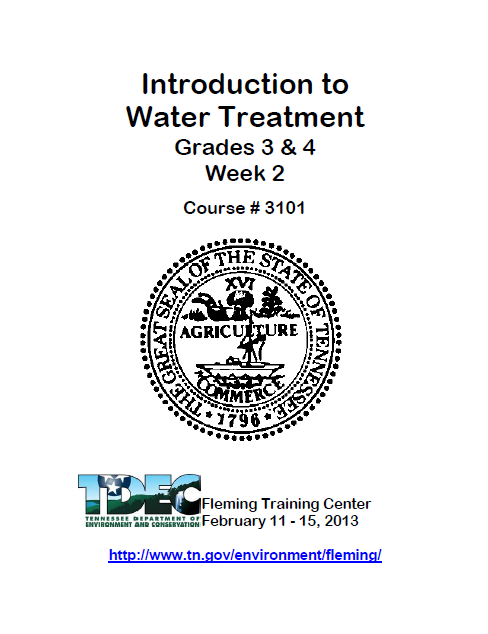Model-Based Control Of Drinking-Water Treatment Plants
Introduction
The drinking water in the Netherlands is of high quality and the production cost is low. This is the result of extensive research in the past decades to innovate and optimise the treatment processes. The processes are monitored and operated by motivated and skilled operators and process technologists, which leads to an operator-dependent, subjective, variable and possibly suboptimal operation of the treatment plants. Furthermore, the extensive automation of the treatment plants reduces the possible operator attention to the individual process units. The use of mathematical process models might solve these problems. This thesis focuses on the application of models in model-based monitoring, optimisation and control of drinking-water treatment plants, with the Weesperkarspel treatment plant ofWaternet as a case study.
Model-Based Control Of Drinking-Water Treatment Plants
Introduction
The drinking water in the Netherlands is of high quality and the production cost is low. This is the result of extensive research in the past decades to innovate and optimise the treatment processes. The processes are monitored and operated by motivated and skilled operators and process technologists, which leads to an operator-dependent, subjective, variable and possibly suboptimal operation of the treatment plants. Furthermore, the extensive automation of the treatment plants reduces the possible operator attention to the individual process units. The use of mathematical process models might solve these problems. This thesis focuses on the application of models in model-based monitoring, optimisation and control of drinking-water treatment plants, with the Weesperkarspel treatment plant ofWaternet as a case study.
Mine Water Treatment Technology Selection Tool: Users’ Guide
South Africa is a water scarce country, and its water resources need to be carefully managed to allow for sufficient and equitable distribution to all its citizens, as well as to the natural environment (Chivenge, et al., 2015); (Pahlow, et al., 2015). Although mining has long been a cornerstone of the economy, the impact on water resources of environmental problems associated with poorly managed mining has been neglected in the past, and the country currently faces an urgent, dangerous and costly threat from large volumes of mine water, of dangerously poor quality (McCarthy, 2010).
Mine Water Treatment Technology Selection Tool: Users’ Guide
South Africa is a water scarce country, and its water resources need to be carefully managed to allow for sufficient and equitable distribution to all its citizens, as well as to the natural environment (Chivenge, et al., 2015); (Pahlow, et al., 2015). Although mining has long been a cornerstone of the economy, the impact on water resources of environmental problems associated with poorly managed mining has been neglected in the past, and the country currently faces an urgent, dangerous and costly threat from large volumes of mine water, of dangerously poor quality (McCarthy, 2010).
Microbial Activity in Granular Activated Carbon Filters in Drinking Water Treatment
Background
Water treatment is needed to produce drinking water from sources contaminated with pathogenic micro-organisms, anthropogenic chemicals and/or containing an elevated concentration of natural organic matter (NOM) and/or inorganic compounds impacting drinking water quality, both from a public health point of view and/or its aesthetic appreciation, e.g. colour, taste, odour and turbidity. In the Netherlands, water treatment aiming at the removal of such
constituents includes multiple barriers, e.g. coagulation/sedimentation, filtration, oxidation and disinfection. Granular activated carbon (GAC) filtration has become a main barrier in surface-water treatment for the removal of organic contaminants, but also removes NOM, including humic and fulvic acids and biodegradable compounds. This thesis describes investigations on microbiological processes in these GAC filters (GACFs). The general introduction
provides information about (i) the application of GAC filtration in water treatment, (ii), GAC characteristics, (iii) bacterial attachment and growth, (iv) microbial activity in GACFs, and (v) the objectives and aims of the studies described in this thesis.
Microbial Activity in Granular Activated Carbon Filters in Drinking Water Treatment
Background
Water treatment is needed to produce drinking water from sources contaminated with pathogenic micro-organisms, anthropogenic chemicals and/or containing an elevated concentration of natural organic matter (NOM) and/or inorganic compounds impacting drinking water quality, both from a public health point of view and/or its aesthetic appreciation, e.g. colour, taste, odour and turbidity. In the Netherlands, water treatment aiming at the removal of such
constituents includes multiple barriers, e.g. coagulation/sedimentation, filtration, oxidation and disinfection. Granular activated carbon (GAC) filtration has become a main barrier in surface-water treatment for the removal of organic contaminants, but also removes NOM, including humic and fulvic acids and biodegradable compounds. This thesis describes investigations on microbiological processes in these GAC filters (GACFs). The general introduction
provides information about (i) the application of GAC filtration in water treatment, (ii), GAC characteristics, (iii) bacterial attachment and growth, (iv) microbial activity in GACFs, and (v) the objectives and aims of the studies described in this thesis.
Kurita Handbook Of Water Treatment
Introduction to Water Treatment
Water has been an important natural resource of the Earth and has been essential for the existence of all living things. The intimate relationship between the human society and water is symbolized by the fact that almost all ancient civilizations originated on the banks of large rivers. In the present, water is still an essential natural resource for keeping the health and pleasant lives of people, and for making valuable natural and industrial products. On the other hand, social problems relating to water, such as the shortage of water resources and the occurrence of water pollution, have long been at issue and they are still remaining as important problems to be solved. Those problems have been occurred as the results of the increase in population, the concentration of population in big cities, the development of industries and so on. This fact is advising us to harmonize our life-styles with the natural environment and to realize the sustainable development.
Kurita Handbook Of Water Treatment
Introduction to Water Treatment
Water has been an important natural resource of the Earth and has been essential for the existence of all living things. The intimate relationship between the human society and water is symbolized by the fact that almost all ancient civilizations originated on the banks of large rivers. In the present, water is still an essential natural resource for keeping the health and pleasant lives of people, and for making valuable natural and industrial products. On the other hand, social problems relating to water, such as the shortage of water resources and the occurrence of water pollution, have long been at issue and they are still remaining as important problems to be solved. Those problems have been occurred as the results of the increase in population, the concentration of population in big cities, the development of industries and so on. This fact is advising us to harmonize our life-styles with the natural environment and to realize the sustainable development.



